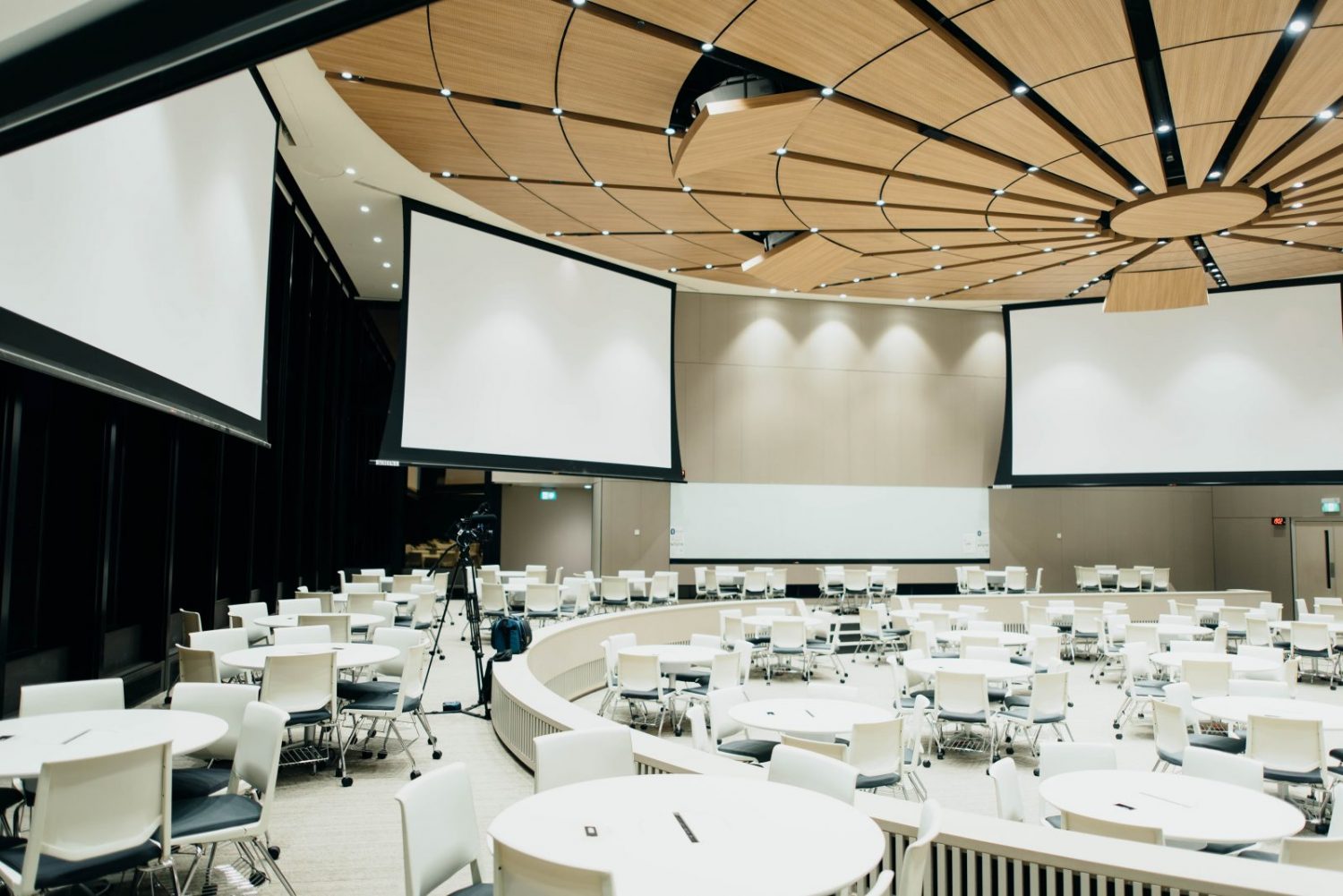Five Handy Hints For Weddings, Conferences And Running Events

1. Remember it’s not your day!
Whether it’s your wedding, birthday party, family meal or conference, it is always key to remember that it isn’t just your day – well, unless you are planning on just having hologram friends there! When I was trailing around after my fiancée to the photographer, venues, florist etc, I got quite miffed with the constant reference to my bride and ‘her day’ – “Oi! I’m here as well!” of course it’s about more than the couple, there were to be other people there as well. The honeymoon was for us; the other stuff is for others to celebrate with us.
Ever get to the end of your birthday party and feel exhausted? You’ve been running around chatting, filling glasses, introducing people, laughing at your father-in-law’s jokes. That’s the joy of holding an event, you’re host, make it work for everyone else first then sit back afterwards and enjoying that feeling of success.
When it comes to conferences, or other more official events, your mind needs to be in two places at once. Ensure the event is running smoothly, but also be ready to grab opportunities that only come when you are leading an event. At ‘your’ event, you suddenly have a magnetism that you didn’t have the day before. People who hardly gave you the time of day, now want to speak to you – often seconds before you are about to give a keynote speech! It would be very easy to say ‘I’ll catch up with you tomorrow!’ – but tomorrow the magic has gone and you are no longer that unique person who is hosting an event. Better to seize the moment: in fact, it’s another opportunity to show hospitality, to respond and have that conversation you have been waiting a year for, right then. Remember, people are drawn to that mystical magnetism – but the moment will pass and so will the opportunity.
2. Ushers shouldn’t be ornamental
Ushers, bridesmaids, stewards, front of house: they need to look good, be smart and presentable. That can be quite a mission in itself, but unless you would be happy to settle for mobile mannequins, you need more than good looks and a photo filler. These people are essential to make the event work and to make everyone happy. It’s a good idea if everyone is briefed and feels part of the team. They need to know what you want from the event and that you expect them to play an important role. If your briefing goes well you should be able to watch the colour drain from their faces as they come to understand that they are not just there as ‘eye candy’.
Guests or delegates will expect your ‘staff’ to know stuff. Where are the toilets? What time is lunch? Was I invited to the reception? Did my dietary requirements get through? The main thing is to respond in a confident way, let them know who to go to with questions. Far too often I have received a shrug of the shoulders when asking a reasonable question. That’s never good and doesn’t make you feel valued as a guest.
Also know that, if your ushers or bridesmaids are going to be of use to you, they have to be a ‘filter’. They need to filter issues from guests, to whoever is the head of the event – the bride and groom, the CEO or Chair. As an usher at weddings, I have sorted extra places at a reception, organised an ‘artistic’ photographer who had forgotten this was not his studio, and gently but firmly told brides to get up and circulate with disgruntled guests (a bride in full regalia is like a fairy – everywhere she goes she creates happiness!) Much of this can take place without the real-time knowledge of the bride and groom, but it can’t be achieved by shrugging and looking pretty.
3. Know who is in the room
This is such an important tip, for the workshop leader as well as the conference speaker. Beware of in-jokes and different approaches to humour. I gave a best man’s speech once which had one half of the room screaming with laughter and the other side in stony silence.
You need to appreciate all your guests/delegates: don’t just gravitate to your friends. Your friends are your comfort zone, and quite frankly you will see them again soon, but how you treat your distant relatives or more awkward delegates says a lot about you and your organisation..
4. Beware of elephant traps
Quite by accident, when we at FaithAction were preparing for an event with an imposing secretary of state, we were sent an internal civil service briefing document – which asked the question ‘Any elephant traps?’ Considering what could go wrong is a worthwhile thought, not only what could go wrong but also who could go wrong. Is there a guest who needs to be managed – who will you put on the case? I had an event where a VIP needed to be kept clear of a lobbyist, but we couldn’t uninvited anyone. What ensued was a bit of a Georgian farce of entrances and exits through different doors.
Catering is another potential flash point. Despite all the signs about dietary requirements, food is rarely well labelled by caterers. The other common issue, is one-line buffet tables! Why not allow people to go both sides and thus double the capacity?
Spontaneous speeches can be a headache, never hand over the microphone to a member of the audience, it helps remind everyone that there is limited time. If someone wants to give a speech make them part of the programme, they can be corralled, time limited, speeches edited etc. Inclusion is control! After all why is it that only the father of the bride gets to give a speech?
5. Get a good number two
In the theatre, it is disconcerting for the director in the final rehearsals to find that the deputy stage manager (DSM) has taken over, as he/she calls the cues and runs the show. You need a good number Two – someone who doesn’t have to be in the limelight (probably not the best man / bridesmaid), but dedicated to smooth running, has natural authority and problem solving abilities.
What goes without question is the need for team. We don’t all have the same role, but we all contribute. The bridesmaids and best man are there to accompany the bride and groom, the ushers become runners and the head usher should be behind scenes problem solving. The scene changes – are they smooth and seamless? Just as in a play, it is the transitions which make the difference.



